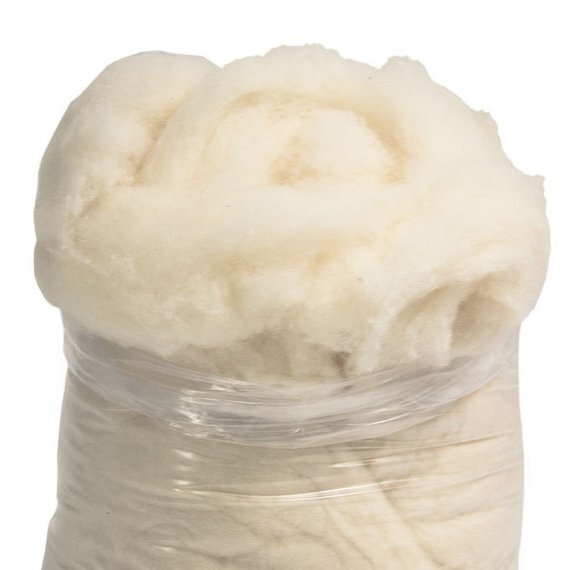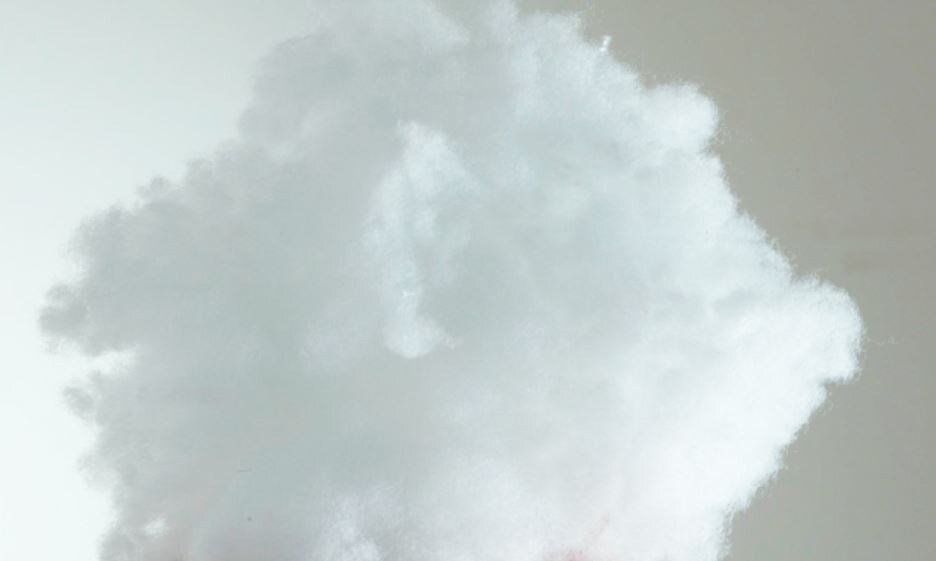Sewing Toys: The Ultimate Guide to Choosing Stuffing for Stuffed Animals and Soft Toys 🎈✨
Stuffing plays a crucial role in bringing life to your soft toys and stuffed animals, turning flat fabric into squishy, huggable creations. But with so many filling options out there, how do you choose the best one? Let’s explore the different types of stuffing, including traditional materials like polyester and kapok, as well as some unconventional (but crafty) alternatives! 🧸✨
It's important to stuff your toys very firmly. You may be surprised at how much filling is needed. When you think you've stuffed enough, keep stuffing, especially if your critter has legs that it needs to stand on or body parts (like a long giraffe neck) that need to stand straight up. Use strong polyester thread when sewing your toys so that they are robust enough to withstand a large amount of stuffing. Use small bits of stuffing at a time during the stuffing process so that your plushie doesn't look too lumpy. You can use a wooden dowel or the eraser end of a pencil to push the stuffing into hard to reach places or small places, like ears.
Types of stuffing
Polyester Fiberfill (Polyfill) 🧵
This is one of the most popular and affordable options. It’s lightweight, washable, and gives a soft, fluffy feel to your stuffed toys.
Pros: Budget-friendly, easily accessible, machine-washable, hypoallergenic.
Cons: Can shift around over time, making it less durable for toys that get a lot of love.
Best for: Most types of soft toys, plushies, and pillows.
Shop: Shop here on Amazon.
Plastic Pellets or Beads ⚪️
Adding beads or pellets to your toy’s stuffing gives it weight, which can help the toy sit up on its own or feel more substantial.
Pros: Adds weight and structure; great for beanbags or toys that need to sit up.
Cons: Can pose a choking hazard for small children if the toy rips open. Not suitable for young children’s toys unless securely sewn in.
Best for: Weighted stuffed animals, sensory toys, or dolls that need extra stability.
Shop: Shop here on Amazon
Wool Stuffing 🐑
A natural and durable choice, wool stuffing gives toys a firm but cozy feel. It’s also naturally hypoallergenic and moisture-wicking.
Pros: Sustainable, naturally antibacterial, maintains its shape well.
Cons: Can be harder to find, not always washable, and may be more expensive.
Best for: Heirloom toys, eco-friendly projects, or toys that will see gentle use.
Shop: Shop here on Amazon
Kapok Fiber 🌱
Kapok is a natural fiber from the kapok tree, known for its silky and lightweight texture.
Pros: Eco-friendly, biodegradable, soft, and fluffy.
Cons: Not washable and can be a bit more expensive than polyester.
Best for: Natural and eco-conscious projects, decorative pillows, or soft toys that won’t need frequent washing.
Shop: Shop here on Amazon
Loose Down or Feathers 🦢
For a luxurious, soft feel, consider using loose down or feathers. It creates a squishy, flexible stuffing for plushies.
Pros: Extremely soft, provides a natural and unique texture.
Cons: Can poke through fabric, might trigger allergies, and is not machine washable.
Best for: Fancy decorative pillows, high-end soft toys, or plushies for older children/adults.
Shop: Shop here for Amazon.
Corn Fiber Fill 🌽
Corn stuffing is made from corn-based fibers and is a more eco-friendly alternative to polyester.
Pros: Biodegradable, made from renewable resources, soft texture.
Cons: Can be harder to find, typically more expensive than polyester fiberfill.
Best for: Eco-friendly projects, stuffed toys for kids, or plushies for those with sensitive skin.
Shop corn fiber stuffing at Innergreen.com
Household Items as Alternative Stuffing 🏡
If you’re in a pinch or feeling crafty, here are some household items that can double as stuffing:
Newspaper or Tissue Paper: Provides a firm structure but may crinkle or tear over time.
Packing Peanuts: Adds volume and shape, but can be noisy and not ideal for toys used by children.
Fabric Scraps: Great for upcycling, but may create uneven textures unless finely shredded.
Cotton Balls or Makeup Pads: Provides a soft feel but can clump together with time.
Old Socks or Stockings: Perfect for a DIY project with a rustic feel, though not always uniform in texture.
Saw Dust
Filling from an old pillow: Recycle your old pillows and stuffies!
Other Options You Might Like 🌈
Memory Foam Scraps: Adds a unique squishy feel to toys, though not machine washable.
Bamboo Fiber: Another eco-friendly choice that is naturally antibacterial.
Buckwheat Hulls: Adds weight and texture, making it perfect for sensory toys.
Rice or Lentils: Can be used to add weight to smaller sections like paws or feet.
Tips for Choosing the Right Stuffing ✨
Consider the Toy's Purpose: Is it for decorative purposes, playtime, or a keepsake? The use will affect the stuffing choice.
Age of the Recipient: Avoid small beads or pellets if the toy is intended for young children. Opt for hypoallergenic and washable options.
Maintenance Needs: Choose washable stuffing for toys that will need frequent cleaning.
Eco-Friendliness: If sustainability is important, look for natural fibers like kapok, wool, or bamboo.
Stuffing Techniques to Maximize Plushiness 🎨
Layer Your Stuffing: For a plush toy, start with a firmer core and wrap with softer stuffing on the outside.
Sectional Stuffing: Stuff different parts of the toy separately, like the head, arms, and body, for a more defined shape.
Double Up on Materials: Use a mix of polyfill and beads for toys that need both softness and weight.
No matter what type of stuffing you choose, your handmade toys are sure to be filled with love! 💖
✨ Our Top Picks:
For washable stuffed animals: Polyester Fiberfill
For eco-conscious toys: Wool Roving or Fabric Scraps
For weighted plushies: Plastic Pellets
For handmade gift pillows: Foam Bits or Kapok
Sewing Classes to Level Up Your Skills!
Check out classes from creativebug and craftsy for sewing tutorials that’ll make you a sewing superstar in no time! From beginner basics to advanced techniques, there's something for everyone.
Affiliate Disclosure:
This post may contain affiliate links. That means I may earn a small commission—at no extra cost to you—if you decide to make a purchase through one of the links.
Shop PDF Sewing Patterns
Sew Cute Patterns | Etsy







